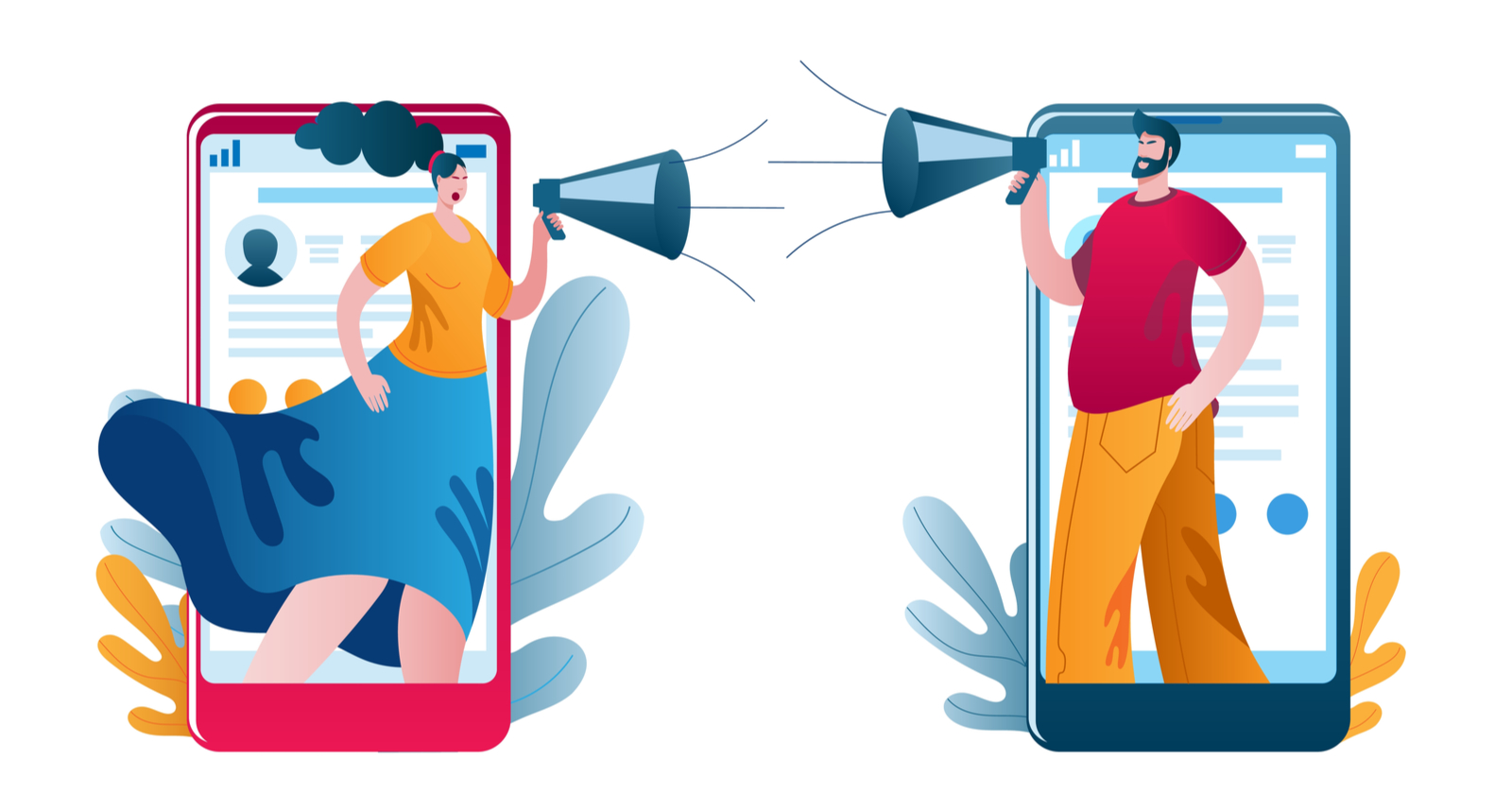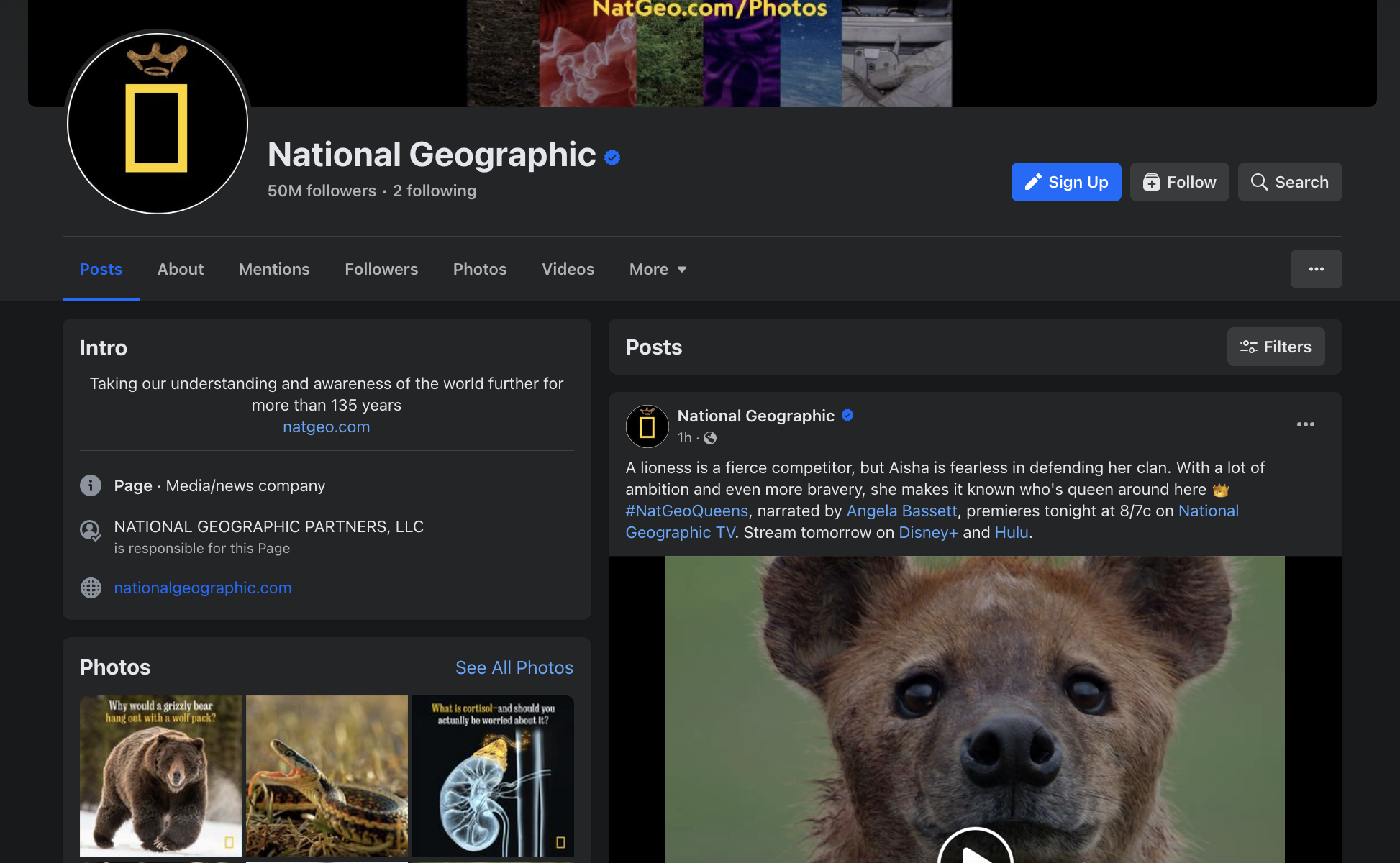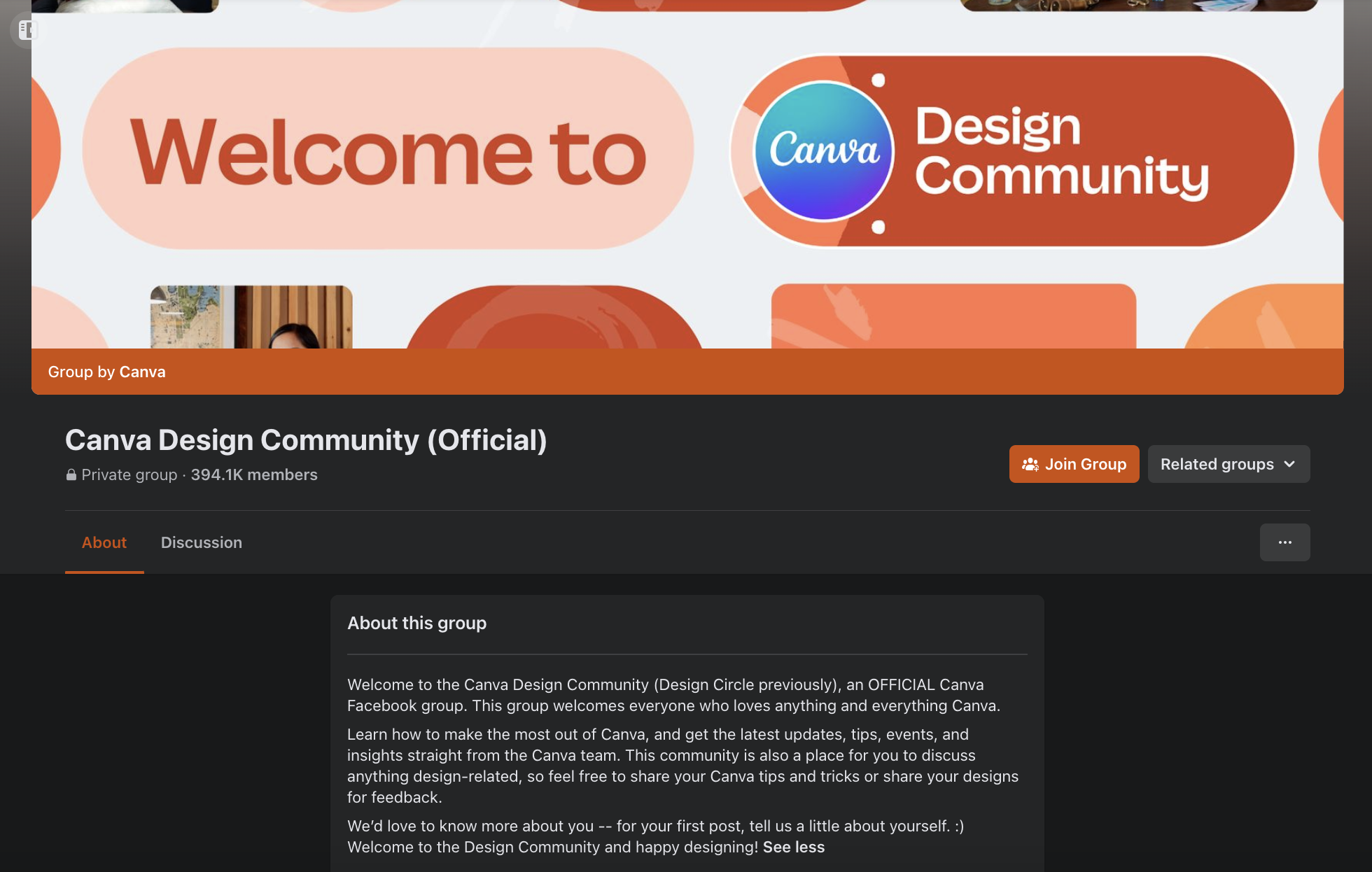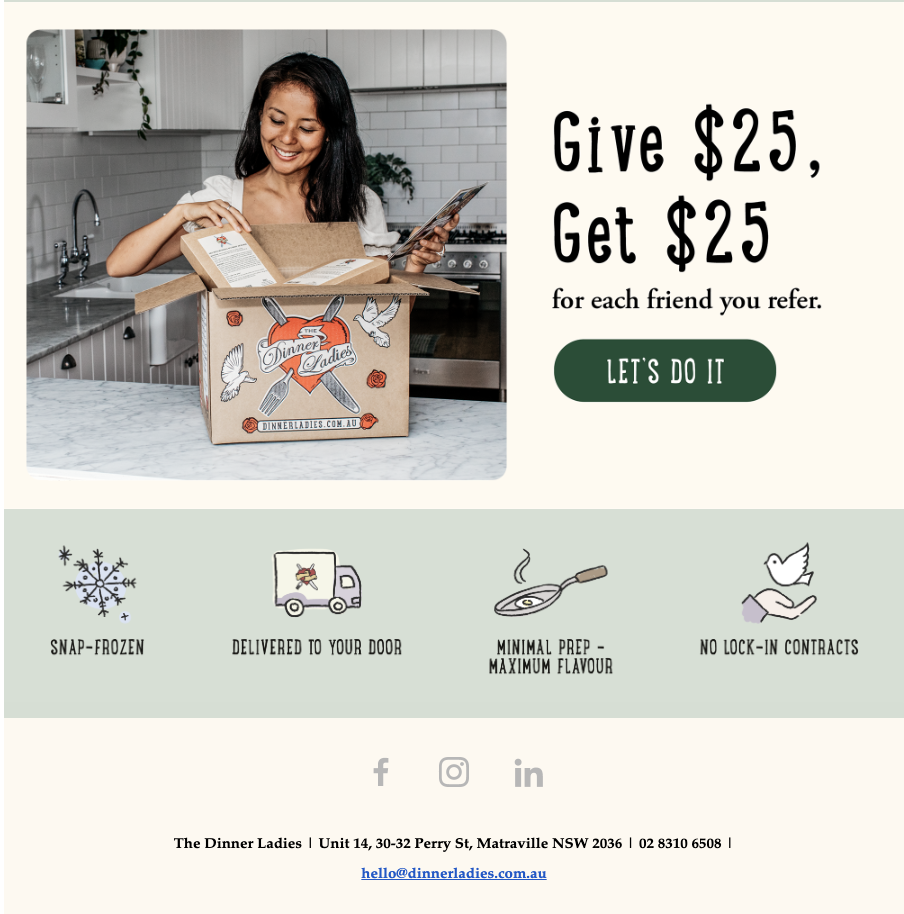SEO
8 Ways To Promote Your Facebook Page Successfully

Whether or not you believe that Facebook is still the leader of the social media pack, there’s no arguing that it remains an incredibly powerful tool for businesses aiming to enhance their online presence.
However, creating a Facebook Page for your business is only the first step in your Facebook marketing journey.
The real power of the platform lies in nailing effective Facebook Page promotion so that you can reach users and generate awareness and trust for your business.
This article is tailored for those ready to elevate their Facebook Page’s visibility and effectiveness.
Whether you’re a startup just entering the world of social media or an established brand aiming to boost interaction, we’ll explore the essentials of promoting your Facebook Page to capitalize on the vast potential of the platform.
Should I Still Be Using Facebook For My Business?
The short answer is yes, you should still be using Facebook for your business.
Let’s look at a few reasons why.
With its staggering 3.049 billion monthly active users, Facebook remains the world’s most widely used social media platform.
Yes, newer platforms are on the rise, but none offer the extensive reach that Facebook does – which is why it’s such a critical platform for businesses that want to connect with a vast and diverse audience.
Secondly, Facebook’s engagement has remained fairly robust.
The average Android user spends over 18 hours per month using the app, and according to SimilarWeb, Facebook.com is the third most visited website in the U.S.
This is nothing to sneeze at – and it signifies that businesses have ample opportunity to capture the attention of potential customers on the platform.
If you need more convincing, consider that 54.3% of Facebook users aged 16 to 64 report using the platform to follow or research brands and products. So, Facebook doesn’t just play a role in brand discovery but in the pre-purchase phase.
Now that we’ve convinced you that you should be on Facebook, let’s look at how to make the most of your Facebook Page.
Top 8 Ways To Promote Your Facebook Page
So, whether you’re just starting out or you’ve been active on Facebook for a while, one thing is always true: getting your content in front of new audiences – and convincing those people to follow you – is key to leveraging Facebook effectively.
The good news is that there is more than one way to do that.
You could spend money on Facebook ads, which can work well, but there are also plenty of other easy, free ways to boost your Facebook following.
1. Give Your Page A Personal Touch
Creating a Facebook Page for your business is an excellent way to give your brand a more human feel.
While a “fan Page” is slightly different from the personal profiles assigned to individuals, it still allows people to follow your posts and engage with your content.
By creating a Page for your company, you’re putting a face to the name – and that’s powerful.
These days, the emphasis on authenticity and personal connection in social media is more critical than ever – yes, for brands, too. Users seek to interact with businesses that feel genuine and relatable, not just like corporate entities.
So remember that, while your Page serves professional purposes, the content should resonate on a personal level. Share stories that reflect your brand’s values, highlight customer experiences, or provide behind-the-scenes glimpses into your operations.
Consider this example from Patagonia, which leverages Facebook to showcase its commitment to environmental sustainability and the values that drive the brand.
In this post below, the company highlights a partner and community organizer who is working to make strides in sustainability.
-
Screenshot from Facebook.com, March 2024
Here, Patagonia isn’t just selling a product; it’s sharing values and stories, engaging millions of people worldwide.
When promoting your products or services, try to frame them in a way that addresses your audience’s needs or interests.
Explain the value and relevance to your followers, and encourage them to see your offerings as solutions to their problems or ways to enhance their lives.
2. Use High-Quality Visual Content
The power of visual storytelling continues to dominate social media – after all, who doesn’t love visuals that are easy on the eyes?
And in a world where even common modern smartphones can capture beautiful imagery – and there is a proliferation of simple editing tools and apps available to us – users don’t just prefer high-quality photos and videos; they expect them.
Your Facebook Page should reflect this shift towards visual excellence if you want to captivate your audience effectively.
Facebook has preferred dimensions for its images, which we’ll go over below, but beware that it will compress photos to their desired size.
This can stretch images, so to achieve the best results, start with the best possible quality and maintain control over the final presentation.
Prioritize crisp, clear, and engaging visuals that embody your brand’s essence and messaging. For uploading, PNG and JPEG formats are typically the best formats.
Focus on two main visual elements:
- Your Profile: This encompasses your profile picture and cover photo. For the best Facebook cover photo quality, set the size to 851 pixels by 315 pixels. For your profile photo, make the size 196 by 196 pixels.
- Your Posts: The content you share significantly impacts your brand’s perception. For post images, we recommend you aim for 1200 pixels by 630 pixels to ensure your visuals appear perfectly on both mobile and desktop feeds. You can also experiment with other dimensions, such as 1080 pixels by 1080 pixels (square), or 1080 pixels x 1350 pixels (portrait). For Facebook Stories, the recommended image size is 1080 pixels x 1920 pixels – a vertical format, just like Instagram Stories.
Using high-quality visuals not only enhances your Facebook Page’s aesthetic, but also significantly increases the likelihood of engagement and follower growth.
However, substance is as critical as style. Pair your visuals with valuable content tailored to your audience’s interests and needs.
GoPro is an example of a brand that uses beautiful, high-quality visual content on Facebook to engage its followers. See this example below, which, impressively, leverages user-generated content.
-
 Screenshot from Facebook.com, March 2024
Screenshot from Facebook.com, March 2024
3. Enable The “Call To Action” Button
As a business, you want your Facebook Page to enhance awareness of your brand and drive followers – but ultimately, you also want to turn those followers into active consumers.
You can do so by utilizing the call-to-action (CTA) button on your Facebook Page.
By adding a CTA button to your Page, you can direct your audience to where they should go next, including key business goals like shopping, booking appointments, or contacting your company.
Select a CTA that aligns with your primary objectives and consider integrating them with Facebook’s features, such as Groups or Messenger, to keep interactions within the platform.
For example, National Geographic uses its CTA to encourage users to sign up for a subscription to the magazine.
-
 Screenshot from Facebook.com, March 2024
Screenshot from Facebook.com, March 2024
4. Join Or Create A Facebook Group
As we just discussed, creating and joining Facebook Groups is a phenomenal way to interact with others, let people come to you, and increase visibility and authority for your brand.
To get started, identify groups that align with your business’s industry, values, or target market. Search for fitting keywords on Facebook and discover some groups to join.
After that, make sure to engage by leaving comments and reactions to posts. By participating actively and making valuable contributions to the Group, you can foster recognition and trust within these communities.
It’s worth noting that only some Groups allow businesses to join. For Groups that only allow individuals, you must join from your personal Facebook account and promote your brand and Page via comments.
Alternatively, you can create your own Facebook Group. This has become an increasingly popular trend among brands, as it allows you to nurture your own community of like-minded people and start conversations.
When creating a Facebook Group, be sure to provide value first. Rather than building a Group around your brand, build a community around something related to your brand – and structure it as a resource hub where members can find support and tips and network with others.
This way, you’re putting genuine support, engagement, and community-building before sales efforts.
A great example of this is Canva’s Canva Design Community Facebook Group. This official Group from Canva is a place for users to discuss not only the product and get tips and insights, but also anything design-related.
By keeping the Group broad and welcoming all kinds of design-focused discussions, Canva has built a community of over 394,000 members.
-
 Screenshot from Facebook.com, March 2024
Screenshot from Facebook.com, March 2024
5. Expand Your Facebook Page’s Reach
Let’s revisit your current network: a.k.a., the people you already know.
Leveraging your existing network is a fundamental strategy for promoting your Facebook Page.
Whether it’s your friends, peers, or followers across other different social platforms, it’s time to utilize them. These people are already connected to your business and are often willing to support your endeavors.
So, what should you do? Promote, promote, promote.
Start by integrating your Facebook Page promotion across all of your communication channels. Post it to your Instagram and put it in your Instagram bio.
Share updates with personal contacts, embed a link to it on your website, and include its link in your email signature.
If you’ve created any Facebook Groups, make sure you’re directing members back to your main Page for additional content.
Wherever you can, make sure the road leads back to you and your Facebook Page. This will help enhance your visibility and follower count.
In this example, you can see how the Australian meal delivery brand The Dinner Ladies includes a link directly to its Facebook Page in its email newsletter.
-
 Screenshot from Gmail, March 2024
Screenshot from Gmail, March 2024
6. Use Facebook Stories And Facebook Live
Both Facebook Stories and Facebook Live can help you establish a sincere connection with your audience.
The cousin of Instagram Stories, Facebook Stories are ideal for sharing short, engaging snippets of your day or quick business updates. This allows for a more casual interaction with your followers.
These fleeting posts can be a mix of personal insights, time-sensitive promotions, or behind-the-scenes looks at your brand.
Facebook Live, on the other hand, offers an intimate, real-time connection that makes viewers feel as though they’re right there with you and part of the moment.
Try leveraging Live to broadcast important events, share updates, or host Q&A sessions. This direct engagement creates a sense of transparency and community between your company and your audience.
The Wall Street Journal is one example of a brand that utilizes Facebook Stories to offer quick updates to its followers. It posts snapshots of the stories of the day, encouraging readers to learn more.
-
 Screenshot from Facebook, March 2024
Screenshot from Facebook, March 2024
7. Maintain A Regular Schedule: Consistency Is The Secret Sauce
The key to success in any endeavor – whether it’s becoming debt-free, building meaningful relationships, or improving your personal fitness – lies in consistency.
This is true on Facebook, too.
Something essential to remember if you want to gain and retain followers is to make sure you stick to a regular schedule.
Not only will this keep your brand fresh in the minds of your audience – but an active and up-to-date Page signals to new visitors that they can expect regular, valuable content, encouraging them to follow.
Try to post about one to two times a day, or at least a few times per week, to maintain a steady stream of content without overwhelming your followers.
If you’re too busy to stick to a tight posting schedule, which you very well might be, there’s no reason to fear.
There are many ways to automate posts to your Facebook Page, from plugins on WordPress to software made specifically for the task.
8. Engage Your Audience And Peers
Doesn’t getting all those reactions and comments on your content feel good? You’re not the only one who feels that way; nearly everybody does – including your audience.
Active participation on Facebook, beyond just updating your own Page, can significantly enhance your visibility and credibility. Make an effort to connect with individuals and other businesses that align with your brand’s values and interests.
Do not be self-promotional; instead, post real, thoughtful comments. People appreciate authenticity and are more likely to check out your Page to see what you’re all about.
Don’t be afraid to message peers or influencers within your industry, too. Most, if not all, have been in your shoes before and might be open to connecting and sharing insights with others just getting started – especially those who show genuine interest and respect for their work.
Try finding a successful account you admire and send them a quick message. You never know what could happen if you hear back.
It Is Still Possible To Increase Your Facebook Page’s Following
Time to stop worrying about promoting your Page on Facebook.
Deliver consistent, high-quality content, interact with others, and use the existing Facebook tools at your disposal, and you’ll go far.
With a new set of tools under your belt, it’s time to step out into the not-so-scary world of Facebook and run a Page.
Keep at it, and soon, you’ll start to see the results you’ve been craving!
More resources:
Featured Image: JUVART/Shutterstock


















